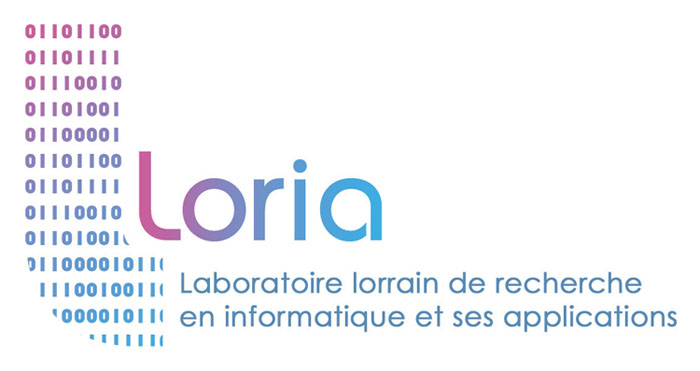
- Cet évènement est passé.
Séminaire Sécurité Loria (SSL) : Ksenia Ermoshina & Charlie Jacomme
Next SSL (Loria Security Seminar) will take place on Thursday, September 18th at 1pm in room A008.
For this come back after the summer, we will have an “hors format” edition with two talks:
- Ksenia Ermoshina, CNRS researcher at Centre Internet et Société.
Decentralized e2ee messaging apps: a challenge for security and usability? - Charlie Jacomme, Inria researcher in the Pesto team (Loria)
Security Analysis of the Signal Messenger specifications and implementation
Ksenia Ermoshina (Centre Internet et Société).
Decentralized e2ee messaging apps: a challenge for security and usability?
This presentation explores the ecosystem of federated end-to-end encrypted messaging applications, and the challenges that decentralized architectures raise in terms of security and usability. Based on an in-depth ethnographic study of the communities involved in developing, testing and using federated messengers (namely Element and Delta Chat), this research explores the unprecedented success of decentralized platforms and protocols in Europe and across the world. Indeed, in the recent years, the trust of users in centralized and proprietary platforms and messengers have been eroding, especially among marginalized communities, activists, journalists and tech enthusiasts. Following the acquisition of X by Elon Musk and the recent inauguration of Trump in January 2025, the question of digital sovereignty and the urgency of migrating from US-owned messengers have become central. We have analyzed how various communities, including governments in France and Germany, have adopted Matrix protocol for their communications. In this presentation we will address the technological and sociopolitical issues related to the adoption of federated apps by the civil society and public institutions.

